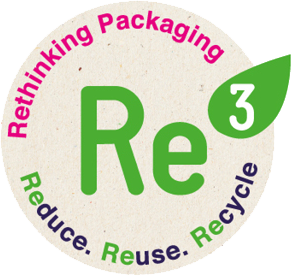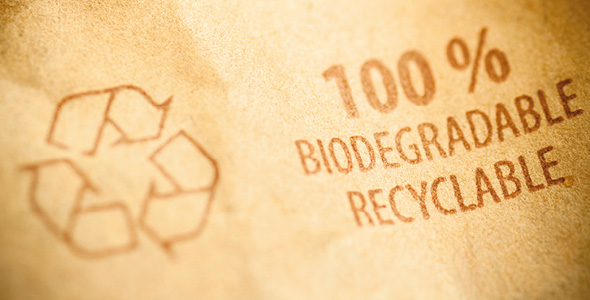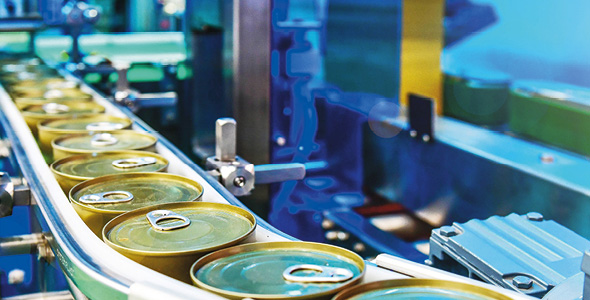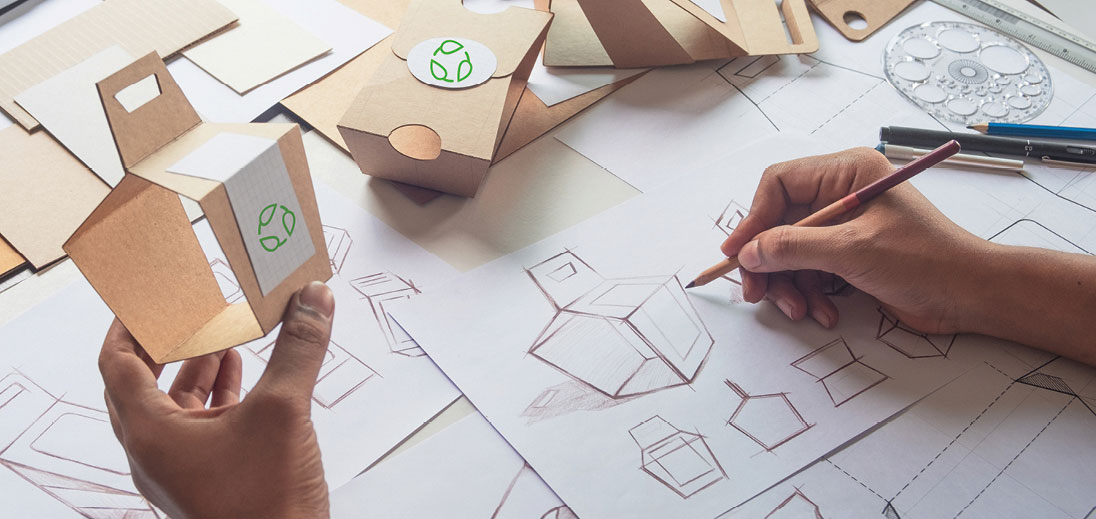Eco-friendly packaging solutions begin with good design
About 40% of plastics production in the Eurozone is comprised of packaging for products, according to industry trade group PlasticsEurope. Much of it is discarded after a single use. With the demand for packaging still growing across most global economies, the accumulating waste poses enormous environmental challenges.
About 40% of plastics production in the Eurozone is comprised of packaging for products, according to industry trade group PlasticsEurope. Much of it is discarded after a single use. With the demand for packaging still growing across most global economies, the accumulating waste poses enormous environmental challenges.
Those challenges require a shift in thinking by packaging producers and their customers. The traditional linear production model that takes resources, makes products and discards waste is not sustainable. A circular model that uses, reuses, and recycles material in the production process is the future.
The key to enabling this shift is design that considers the full lifecycle of the packaging product. From the materials used, to the production process, to the distribution of packaged goods and the disposal of used product, better design can dramatically reduce negative effects on the environment. The three key objectives underlying more eco-friendly design in the realm of packaging are Reduce, Reuse, and Recycle.

One Size does not fit all
Less is now more when it comes to packaging. While packaging can be a valuable, brand-building asset for product producers, it comes with environmental costs.
The first is the cost of the raw materials needed to produce packaging. The easiest way to reduce that cost is to use less of it. Businesses are increasingly looking to reduce the size of cartons and packages to more closely fit the size of the goods they protect. Last year, Swiss watchmaker Breitling introduced a new, less bulky box for its luxury watches. The foldable box is made of recycled polyethylene terephthalate, (PET), and ships flat to assembly facilities to cut down on transportation costs. The company expects to use about 200,000 of the new boxes this year and says they can be recycled by facilities that handle recycled PET.

This rightsizing of packages has several advantages:
- It reduces the amount of raw material needed for the package itself
- It minimizes the amount of empty space inside the package which in turn reduces the need for fill to protect the package contents.
- Less packaging weight reduces the amount of energy required to ship goods to consumers, reducing greenhouse gas emissions.
- Smaller packages are easier to handle for logistics companies making the entire fulfillment of a transaction more efficient and eco-friendlier.
One Use is not enough
Single-use packaging is the biggest source of plastic pollution in the environment. One obvious solution is to produce packaging from plastics or other materials that can be used more than once.

A notable success with reusable packaging until recently was the beer bottle in North America. Beginning in the late 19th century, a deposit was charged on the bottles when purchased and reimbursed when consumers returned them to retailers. By the end of World War II, less than 5% of glass bottles were not returned for reuse, according to historian Jane Busch. The system worked well until the aluminum can and non-returnable bottles changed consumer behavior.
The deposit/return model, however, can be duplicated. Coca Cola Brazil has had success with a reusable plastic PET bottle it designed in 2018. It uses the bottle for the full range of soda brands it sells in the country and applies the same deposit and return model as with glass bottles. It reportedly has a bottle return rate of more than 90% so far and the company said it can reuse the bottles up to 25 times before they are recycled to create new products.
While the reuse model is not feasible for all situations, the Ellen MacArthur Foundation in 2017 estimated that systems designed to have consumers refill product containers either at home or elsewhere or to simply return the containers for deposits could replace up to 20% of plastic packaging. With thoughtful design, those systems can be economically viable on a smaller scale.
Completing the circle
Reusable packaging can reduce the need for new packaging, but it cannot eliminate it. The bigger part of achieving a more sustainable circular production process is to recycle material more effectively.
Once again, product design is a key factor in achieving high recycling rates:
- The choice of materials used can have a major impact on whether packaging is recycled, carted to landfills, or leaks into the environment.
- Recycling rates for metals and paper-based products are far higher than for plastics in most countries.
- Cost is always a major consideration for companies, but alternatives to plastic, including organic biodegradable materials are becoming increasingly affordable. Those materials may make sense in markets that don’t have strong recycling infrastructure.
Product design can also be the determining factor in whether packaging is recycled. For example, a plastic container that might normally be recycled might not if it contains materials or inks that cannot be efficiently separated from the recyclable plastic. In general, simpler is better with mono-material packaging increasing the odds that it is efficiently sorted and recycled.
French food maker Bonduelle Group has taken a full inventory of all the packaging materials it uses across global markets—182,000 metric tonnes in 2018-2019—with a goal of making it all 100% recyclable or reusable by 2025. With a heavy reliance on metal cans and cardboard, which have high recycling rates, it is already at 85% of its target. It plans to continue reducing the size and thickness of packages and limiting the variety of materials it uses, particularly regarding plastic packaging.

Eco-design is the future
Packaging producers and their customers also have to consider the recycling infrastructure across the markets they operate in. They vary widely. A package may technically be recyclable, but if there is no infrastructure in place to do the recycling, the package is effectively not recyclable. For example, polypropylene packaging is recyclable in Germany but not yet in France.
The opportunities for eco-design in the field of packaging are evolving rapidly, particularly in the Eurozone. Packaging companies are more flexible and have broader capabilities to help customers design and manufacture packaging that can protect and promote their products while limiting negative impacts on the environment.
There will always be trade-offs between business objectives like cost control, marketing, and environmental stewardship. But those objectives are not mutually exclusive. An open and transparent process for testing new designs for packaging can move us towards more eco-friendly and sustainable practices.
_________________________________________
Sources:
Plastic Europe, 2019, Plastics the facts
Packaging Europe, 2020, Reuse: a closer look at Coca-Cola Brazil’s unique returnable bottle initiative
Ellen McArtur Foundation, 2017, Plastics and the circular economy
Bonduelle, 2020, 100% recyclable or reusable packaging at Bonduelle by 2025







